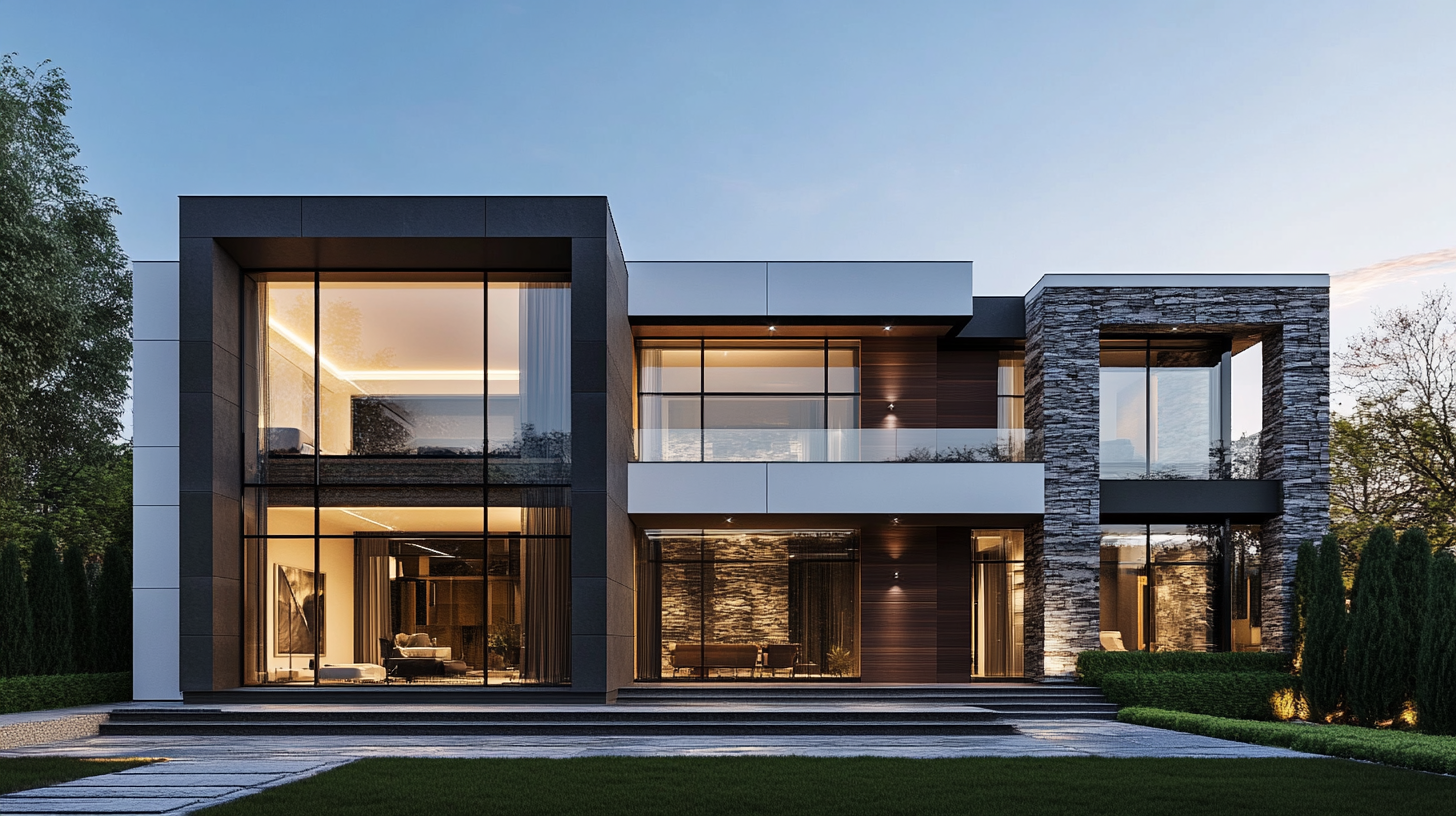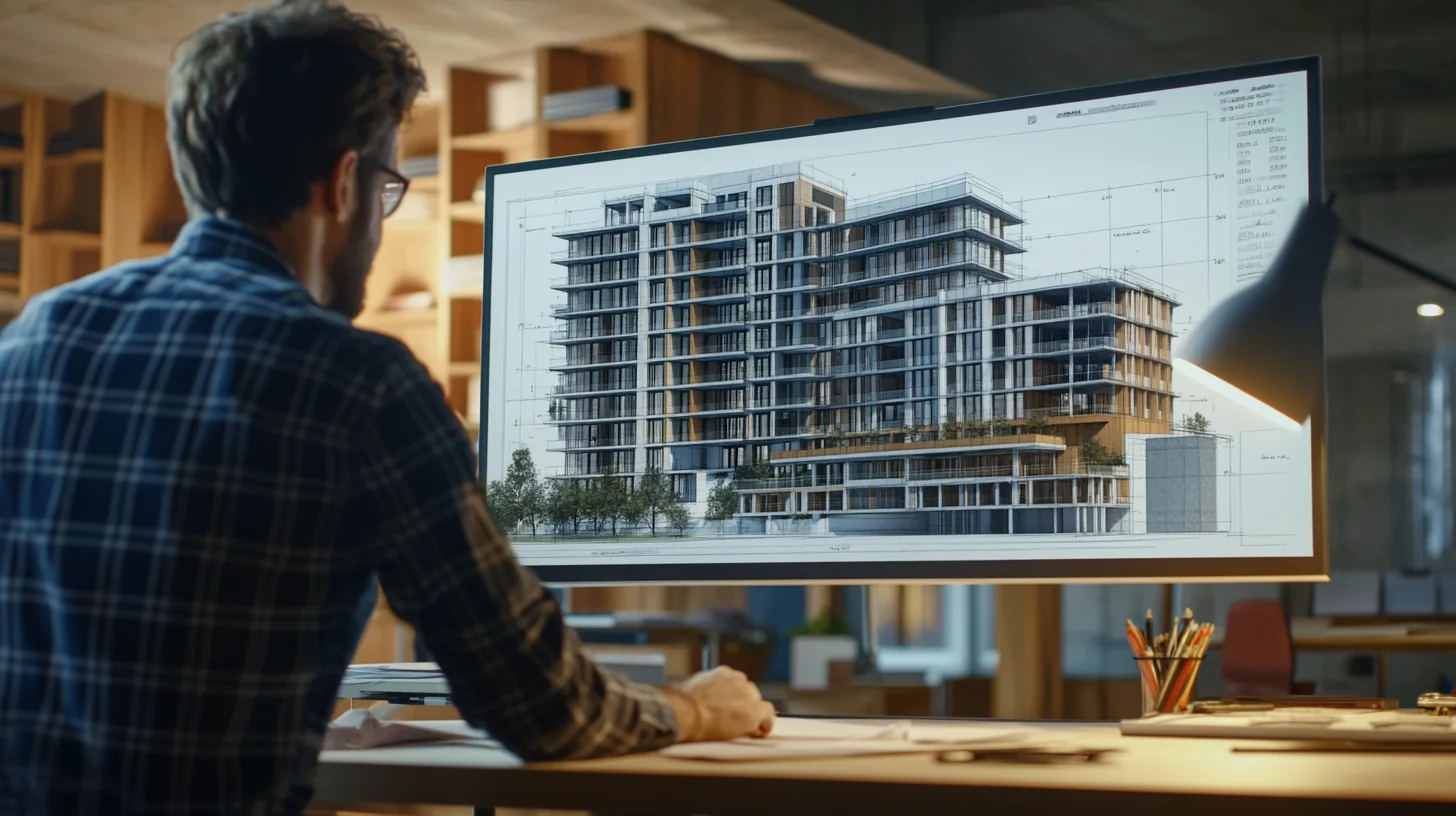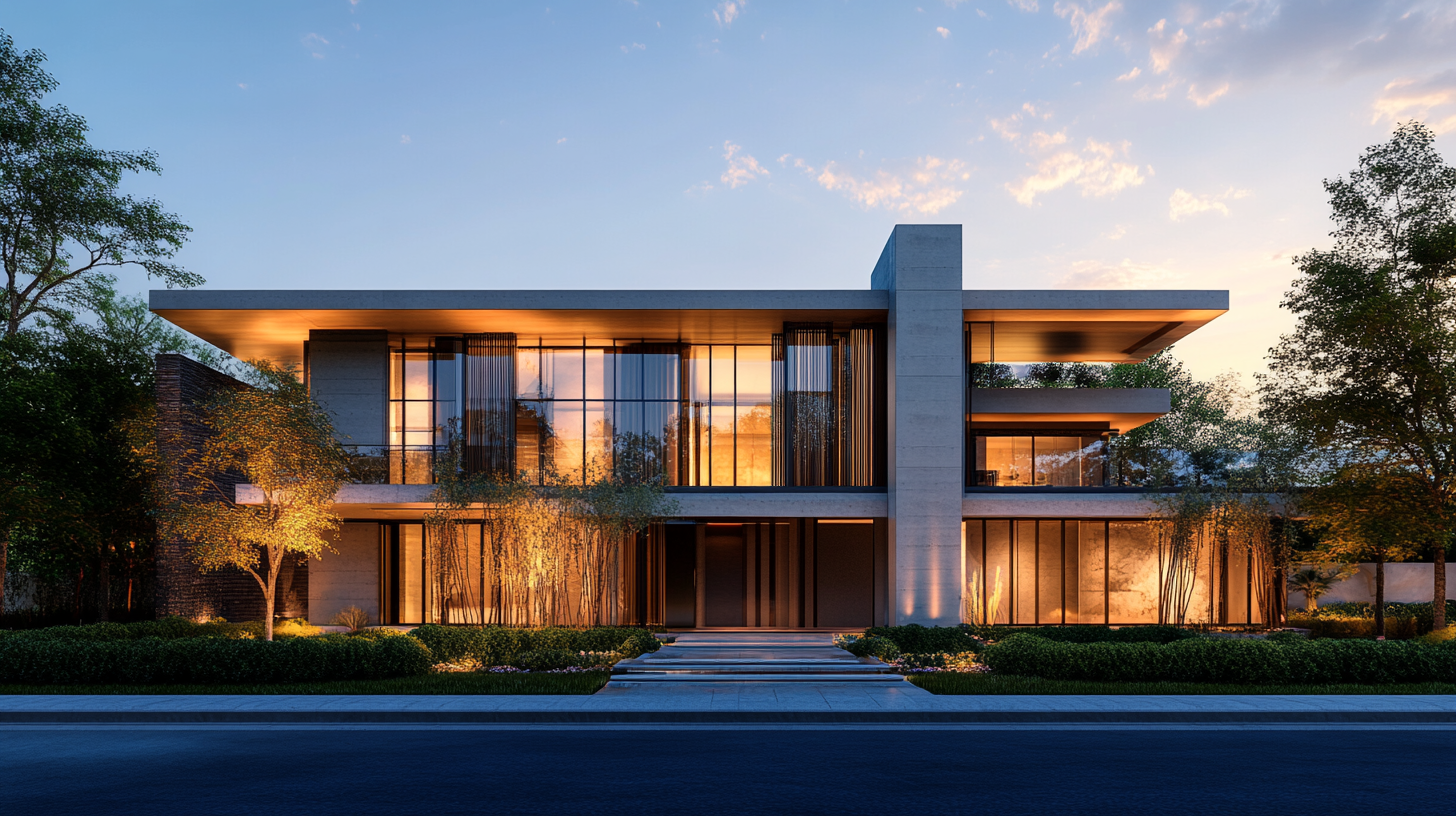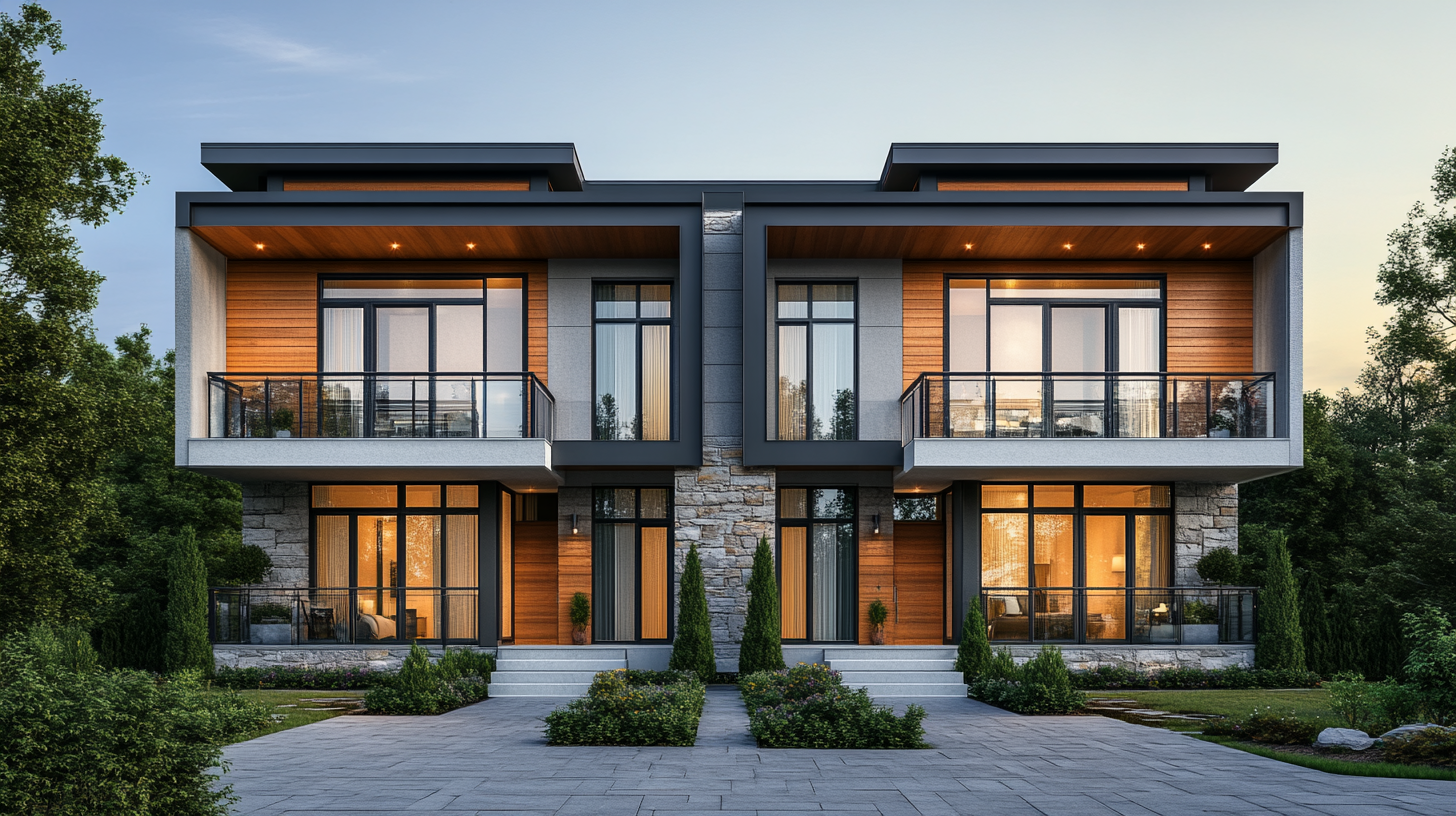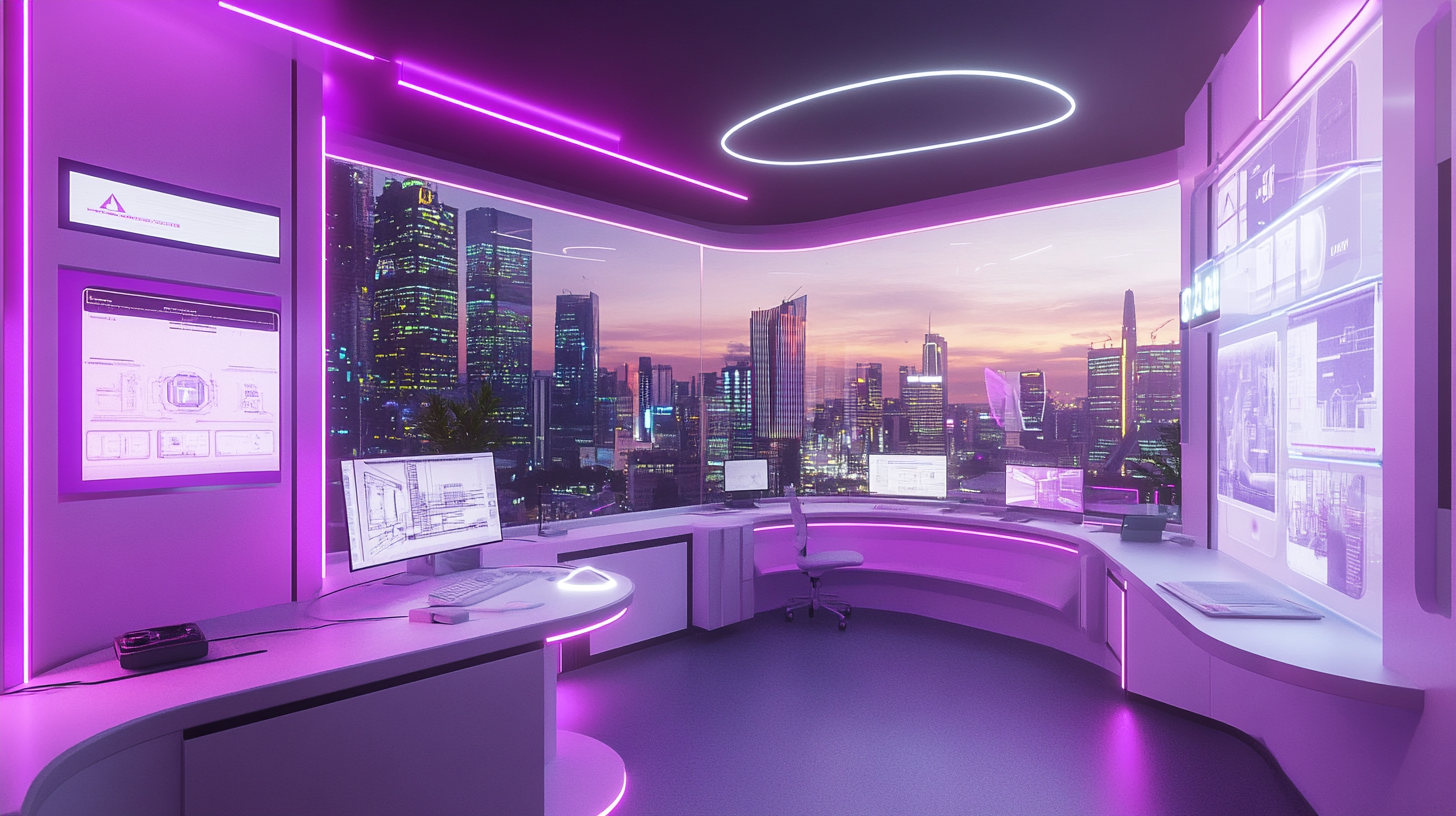
The Future of Architectural Design with AR & VR
Technology is revolutionizing every industry, and architecture is no exception. From manually drafting blueprints to using advanced 3D modeling software, the architectural world has always embraced innovation. But now, we’re on the cusp of a monumental shift driven by immersive technologies like Augmented Reality (AR) and Virtual Reality (VR). These tools are transforming how architects design, collaborate, and communicate their ideas.
Whether you’re an architect eager to explore cutting-edge tools, a design student curious about emerging trends, or a tech enthusiast fascinated by innovation, this blog will walk you through how AR and VR are shaping the future of architectural design. You’ll learn about their applications, benefits, and challenges, plus where the industry is headed next.
AR and VR in Architecture: A New Frontier
What Are AR and VR?
Before we explore their influence on architecture, it’s essential to understand what AR and VR are:
- Augmented Reality (AR): AR overlays digital elements onto the real world, blending virtual visuals with physical spaces. Architects can use this technology to project 3D models over real landscapes, offering a seamless, interactive visual experience.
- Virtual Reality (VR): VR, on the other hand, creates fully immersive virtual environments. Users can step into a designed space using VR headsets and explore it as if it already exists, all while it’s still in the conceptual stage.
Together, these tools are upending traditional processes and opening up new ways to design, visualize, and execute architectural projects.
Why AR & VR Are the Future of Architectural Design
Architectural design relies heavily on translating abstract concepts into tangible visualizations. While 2D drawings and even 3D software accomplish this to some degree, AR and VR take it to entirely new levels. They bring ideas to life with unprecedented detail, helping clients and architects see projects in ways they never could before. AR and VR are more than just fancy gadgets; they’re tools helping the industry address long-standing challenges like miscommunication, design inefficiencies, and project delays.
Fun Fact: Leading companies specializing in high-end architectural design in cities like Chennai are already leveraging immersive AR/VR tools for both interior design and construction planning.
Here’s how AR and VR are revolutionizing architecture:
- Enhanced visualization for immersive 3D experiences
- Real-time design changes that reduce errors early
- Virtual walkthroughs that engage clients interactively
- Seamless remote collaboration among stakeholders
Let’s break down these applications step by step.
How AR & VR Are Transforming Architectural Design
1. Enhanced Visualization
Imagine walking through a building when it’s still on the drawing board. That’s exactly what AR and VR allow. Using VR, designers can create immersive 3D environments where clients can “walk” through an unbuilt structure. AR enhances this by projecting digital renderings of buildings or rooms onto real-world settings.
Whether it’s choosing the best architecture design for a project in Chennai or visualizing how sunlight falls in a downtown skyscraper, these tools provide designers and clients with strikingly realistic previews.
2. Real-Time Design Modifications
With AR/VR tools, making changes is faster and error-free. Architects can instantly adjust designs during discussions with stakeholders. Need to scale down a balcony or try a new finish? Changes can be visualized in real-time, saving hours of back-and-forth.
3. Virtual Client Walkthroughs
One of the most significant advantages of VR is its ability to give clients an “as-built” experience. These walkthroughs are interactive and detailed, allowing clients to grasp designs in ways 2D and even 3D models can’t. Every doorframe, staircase, and lighting fixture can be explored, fostering confidence in the final project.
4. Improved Collaboration Across Teams
AR and VR make remote collaboration effortless. Team members across the globe can log into a shared virtual workspace, providing input and catching potential issues before construction begins. VR platforms also facilitate meetings where clients and designers can co-create, ensuring alignment between all involved parties.
Applications of AR & VR in Architecture
Beyond dramatic visuals and better teamwork, the practical applications of AR and VR are endless. Here are some key use cases:
Concept Design & Planning
Creating design concepts is no longer limited to sketches and blueprints. With AR/VR, architects can bring ideas to life, letting stakeholders visualize designs at every stage.
Interior & Exterior Visualization
From furniture placement to color palettes, AR tools enable instant visualization of interiors. On the exterior side, AR and VR can simulate material textures, lighting conditions, and landscaping choices.
Construction Simulation and Safety Training
VR designs aren’t just for architects. Construction teams can train on simulated environments, learning safety protocols and familiarizing themselves with complex projects before breaking ground.
Remote Site Inspections
Through AR-enabled livestreams or pre-recorded VR models, architects can conduct site inspections without traveling. This saves time and allows for rapid intervention if adjustments are needed.
Projects that incorporate AR/VR not only look stunning but also become more streamlined and efficient.
Benefits of Using AR & VR in Architectural Design
Why should more architectural firms and construction companies invest in AR and VR solutions? Here’s why:
- Reduces Errors and Costs: By identifying flaws earlier, AR/VR prevents costly mistakes down the line.
- Faster Project Approvals: Interactive previews expedite client approvals and reduce delays in decision-making.
- Encourages Creativity: Architects can push boundaries by visualizing complex structures or experimenting with innovative designs.
- Eco-Friendly Design Practices: AR and VR reduce the need for physical models and mockups, contributing to sustainability by cutting down on materials waste.
These advantages make AR and VR indispensable tools for modern architecture.
Challenges & Limitations of AR & VR in Architecture
Despite their promise, AR and VR come with hurdles that architects must be aware of:
- High Initial Investment: Both the hardware (VR headsets, AR devices) and software can be costly, posing a challenge for smaller firms.
- Learning Curve: Professionals must undergo technical training to make full use of these tools.
- Compatibility Issues: Legacy tools may not integrate seamlessly with advanced AR/VR platforms.
- Industry Adoption: Some stakeholders in construction are slow to adopt tech, preferring traditional methods.
Addressing these challenges requires thoughtful investment in training, hardware, and collaboration with industry partners.
What’s Next? The Future of AR & VR in Architectural Design
Looking forward, AR and VR will continue to evolve, integrating with other cutting-edge technologies like artificial intelligence (AI) and blockchain. Here are some trends to watch:
- AI Integration: AI-driven AR/VR tools will automate routine tasks and offer predictive insights during the design process.
- Metaverse Applications: The rise of the Metaverse will blur lines between architecture and the digital world, as firms design virtual cities and even fully digital real estate.
- Holographic Technology: Mixed Reality (MR) and holograms represent the next step, combining physical and digital seamlessly.
As AR/VR tech becomes more accessible, wider adoption across architecture, interior design, and construction industries is inevitable.
Take the First Step Toward an AR/VR Future
AR and VR aren’t just trends; they’re transformational forces shaping the future of architectural design. By integrating these technologies now, architects can stay ahead of the curve, offering clients visuals and experiences that go beyond expectations.
If you’re an architect, design student, or tech enthusiast curious to explore AR and VR capabilities, start experimenting with small-scale projects. Mastering these tools can position you as a leader in this rapidly evolving area of architecture.
Have questions on integrating AR/VR into your practice? Share your thoughts in the comments or reach out to explore the possibilities!
